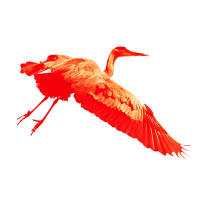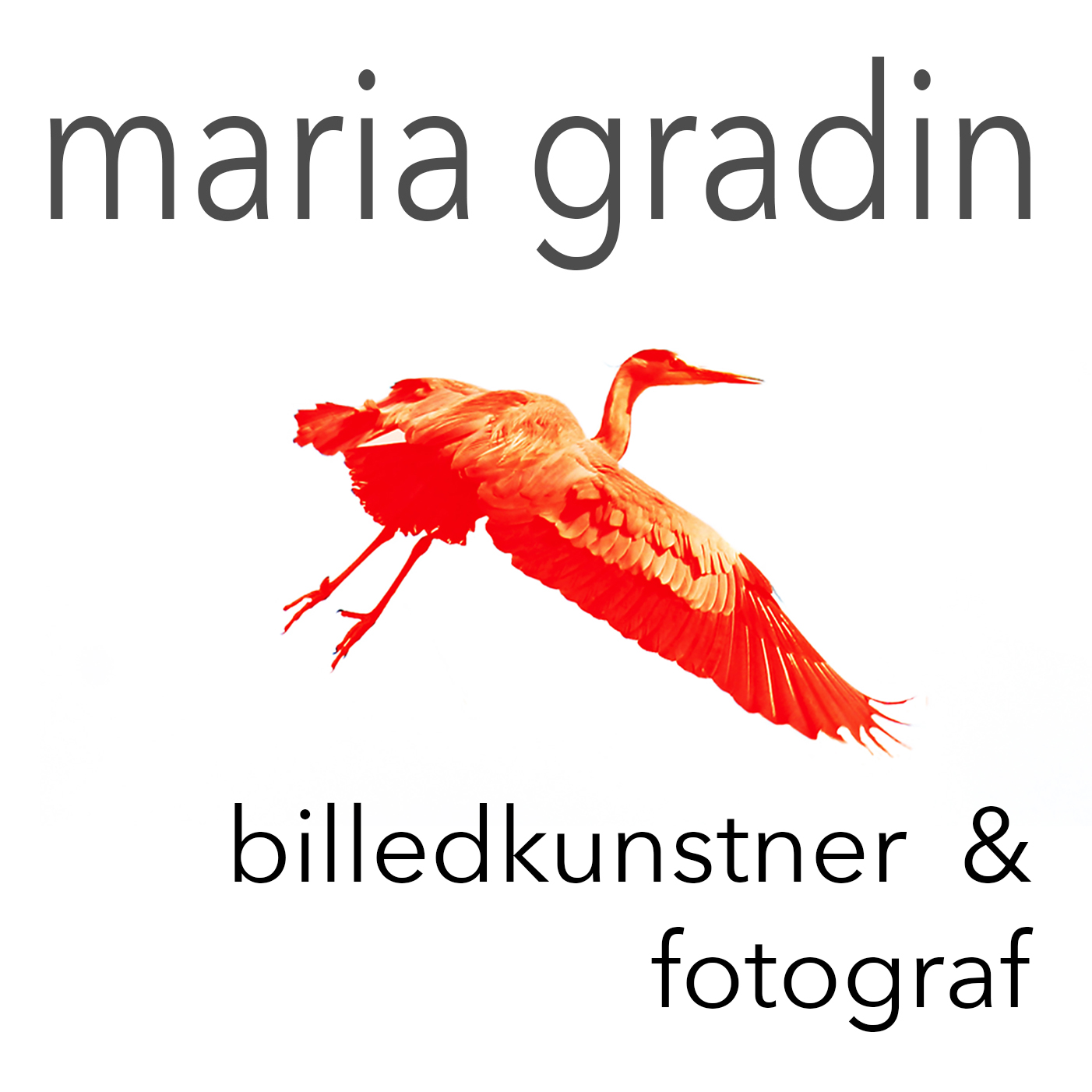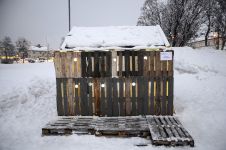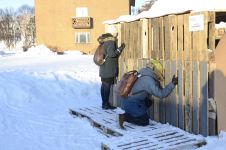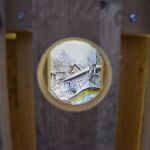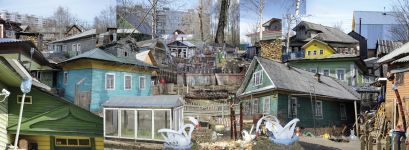Barents Spektakel
PEEPING BARENSTS.
I 2016 viste Maria Gradin den fotobaserte installasjonen, «Peeping BARENTS», under Barents Spektakel i Kirkenes. Bakgrunnen var en invitasjon fra Pikene på broen, som holder til i Kirkenesområdet, til et Artist in Residens-opphold. Foruten Maria Gradin deltok en norsk og tre russiske kunstnere Marusya Baturina fra St Petersburg, Nick Degtyarev og Nadia Degtyarev fra Moskva. Alle fem jobbet på ulike måter med installasjon, ut i fra selvvalgte steder. Russerne, samt den andre kunstneren fra Norge, Cecilie Haaland jobbet med utgangpunkt i grenseområdet Kirkenes/Nikel og Gradin med utgangspunkt i en forstad til Arkhangelsk. Samarbeidet understreker også den felles kulturutveksling mellom Norge og Russland som preger særlig grenseområdene i den nordligst delen av Norge.
I utkanten av en liten park i Kirkenes bygget Maria en slags tittekasse av tre i form av et slags treskur. Gjennom små hull i plankeveggen kunne publikum betrakte begrensede utsnitt av en stor billedcollage med fotografier samlet på stedet, ”Peep in to Barents”. Den var satt sammen av bilder med et hav av farger og perspektiver. Bildene ser ut som det er hentet fra 100 år tilbake i tid, på grunn av bygningsmassen. Gradin hadde med seg en russisk antropolog som hjalp henne å finne området. Her tok hun utgangspunkt i gjenbrukskulturen i Russland og bygget en stort collage der både den sterke forandringen fra det gamle til det nye samfunnet ses, samt fremtidshåp og smart tenking i forhold til gjenbruk av funnet materialer. Det hun beskriver er en overlevelseskultur, en konstruktiv tilnærming til de krevende livsbetingelsene - ikke en elendighetsbeskrivelse eller fremtidspessimisme. Collagen viser et møte mellom den gamle og den nye verden, mellom historie og tradisjon og hvordan overlevering av kulturuttrykk kommer til uttrykk visuelt. Her finner man det Russiske og det Sovjetiske flagget side om side og bak de tett plasserte husene sees den nye betongarkitekturen. At dialogen med lokalbefolkningen var vellykket, og at hun traff en nerve hos dem kom tydelig til uttrykk kommentaren: «This is Mother Russia!».
-
ENG - PEEPING BARENTS
In 2016 Maria Gradin presented the photo-based installation "Peeping BARENTS" during the Barents Spektakel in the far-northern city of Kirkenes, Norway. The background involved an invitation from Pikene på broen (The Girls on the Bridge), a cross-cultural group from Kirkenes, for an Artist-in-Residence stay. In addition to Maria Gradin, the Norwegian artist Cecilie Haaland participated, as did three Russian artists: Marusya Baturina from St. Petersburg and Nick Degtyarev and Nadia Degtyarev from Moscow. All five worked in various ways with the installation in places they themselves selected. The Russians and Haaland started in the border region Kirkenes-Nikel, whereas Gradin began in a suburb of Arkhangelsk, Russia. The collaboration underscores the common cultural exchange between Norway and Russia which is especially characteristic of the border regions in the northernmost section of Norway.
At the edge of a little park in Kirkenes Maria built a type of wooden viewing box resembling a wood shack. Through small holes in the plank walls the audience could see limited excerpts of a large collage of photographs gathered at the site, Peep in to Barents. The collage was put together from images having a sea of colors and perspectives. The images seem to have been gathered from a hundred years ago because of the mass of buildings. Gradin had along a Russian anthropologist who helped her find the territory. Here she began with the Russian culture of reuse and constructed a large collage in which the powerful changes from the old society to the new could be seen, together with the hope for the future and smart thinking in connection with recycling of found materials. What she describes is a culture of survival, a constructive approach to need-filled living conditions, not a description of misery or pessimism about the future. The collage shows a meeting point between the old world and the new, between history and tradition, and how survival of cultural expressions can be demonstrated visually. We see the Russian and Soviet flags side by side, and behind the tightly placed houses can be seen the new concrete architecture. That the dialog with the local population went well, and that Gradin struck a nerve with them, came clearly from the commentary: "This is Mother Russia!"
Janeke Meyer Utne 2018
